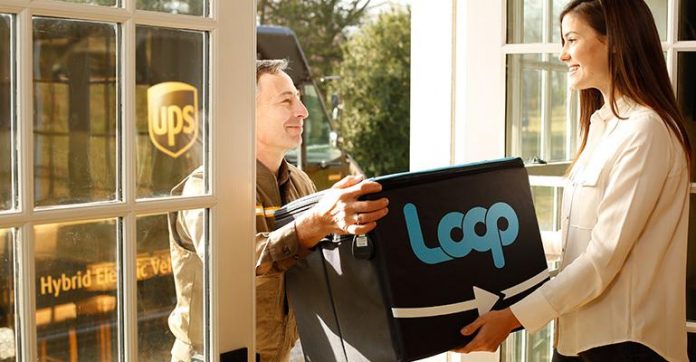Loop, a new zero-waste platform from a coalition of major consumer product companies, will launch its first pilots this year.
TerraCycle worked with companies like Procter & Gamble, Nestle, PepsiCo, Unilever, and more than a dozen others for over a year to develop the new platform. Each package in the system is designed for 100 or more uses. In the initial launch, products will be available through Loop’s e-commerce site. When you order, say, deodorant or mouthwash, you’ll pay a deposit for the bottle. The order will show up in a reusable tote–designed by engineers at UPS to withstand repeated journeys–instead of a cardboard box. As you use up products, you’ll throw the empty containers back in the tote. When it’s full, you can go to the Loop website to request a delivery driver to pick it up (or, if you prefer, drop it off at a UPS store).
For consumers, the process is designed to be as seamless as possible. “The goal isn’t as much to get you to change, it’s instead to create systems that don’t make you change–but have you then solve the issue in the process,” Szaky says.
Loop aims to be essentially as convenient as throwing something in the trash; you don’t even need to rinse the container, so in that respect, it’s simpler than recycling. Apart from the refundable deposit on the package, the cost of the products will be similar to what customers pay now.
UPS, which is partnering on the initial pilot to both deliver orders and pick up totes of empty containers, says that the system fits into its existing operations. “If you think of a typical day for a package-car driver, that driver will leave the building in the morning with a full package car,” says Patrick Browne, global director of sustainability at UPS. “As he’s going throughout the day delivering, on a very engineered route to reduce miles, at the same time, he’s picking up packages. So the effect is that driver leaves full and comes home full.”
When a package is returned, a customer gets back their deposit (or, if they’ve opted for an automatic subscription, the receipt of the container can trigger a new order). Empty packages go to a facility to be cleaned, and then get sent back to manufacturers for refilling. All of this shipping does have a carbon footprint, but when TerraCycle calculated the total impact of the packaging, they found that it’s between 50-75% better for the environment than conventional alternatives.
Shifting the ownership of a package from a consumer back to a brand creates new opportunities. “It shifts from being a cost to the manufacturer to being an asset,” he says. Instead of aiming to make the cheapest packaging possible, packaging can be designed to look better on shelves. It can also perform better; the Haagen-Dazs ice cream tub, for example, can keep ice cream frozen for multiple hours.
Analysis:
This is, clearly, the example business model to be keeping in mind. Loop’s integration of such a large number of key brands on the market is a big deal, and makes the circular economy feel all the more real and imminent. In a coming world where such a system is pervasive, how would a similarly pervasive circular system look on campus?




